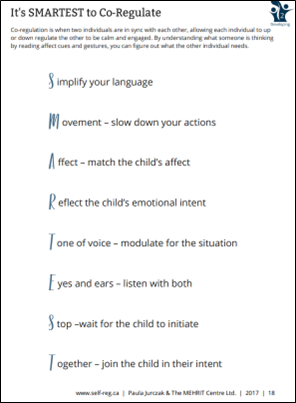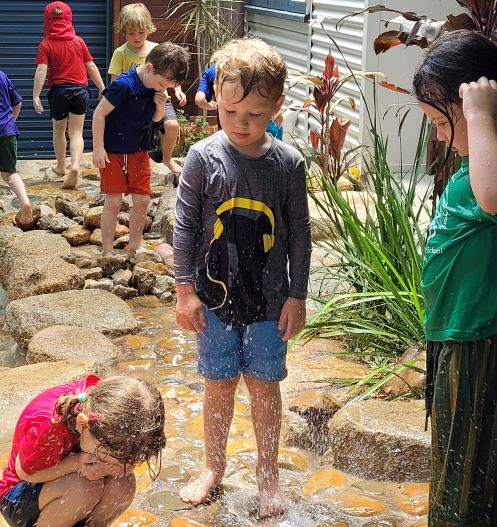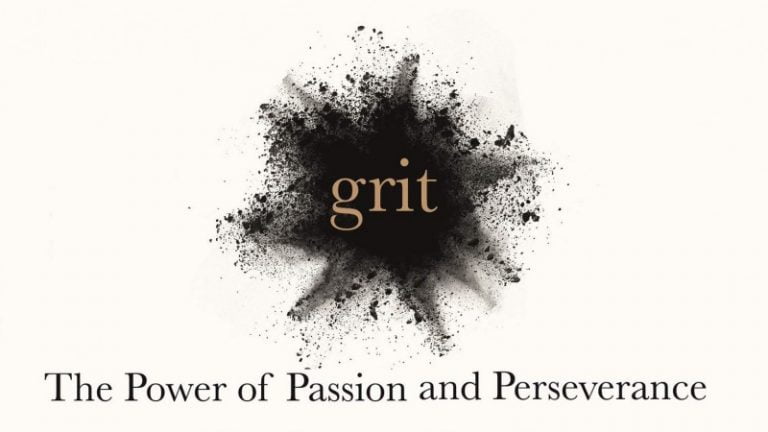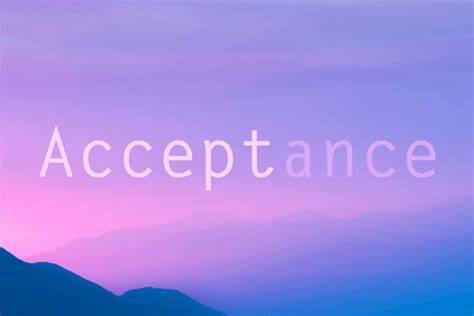
Acceptance
May 12, 2022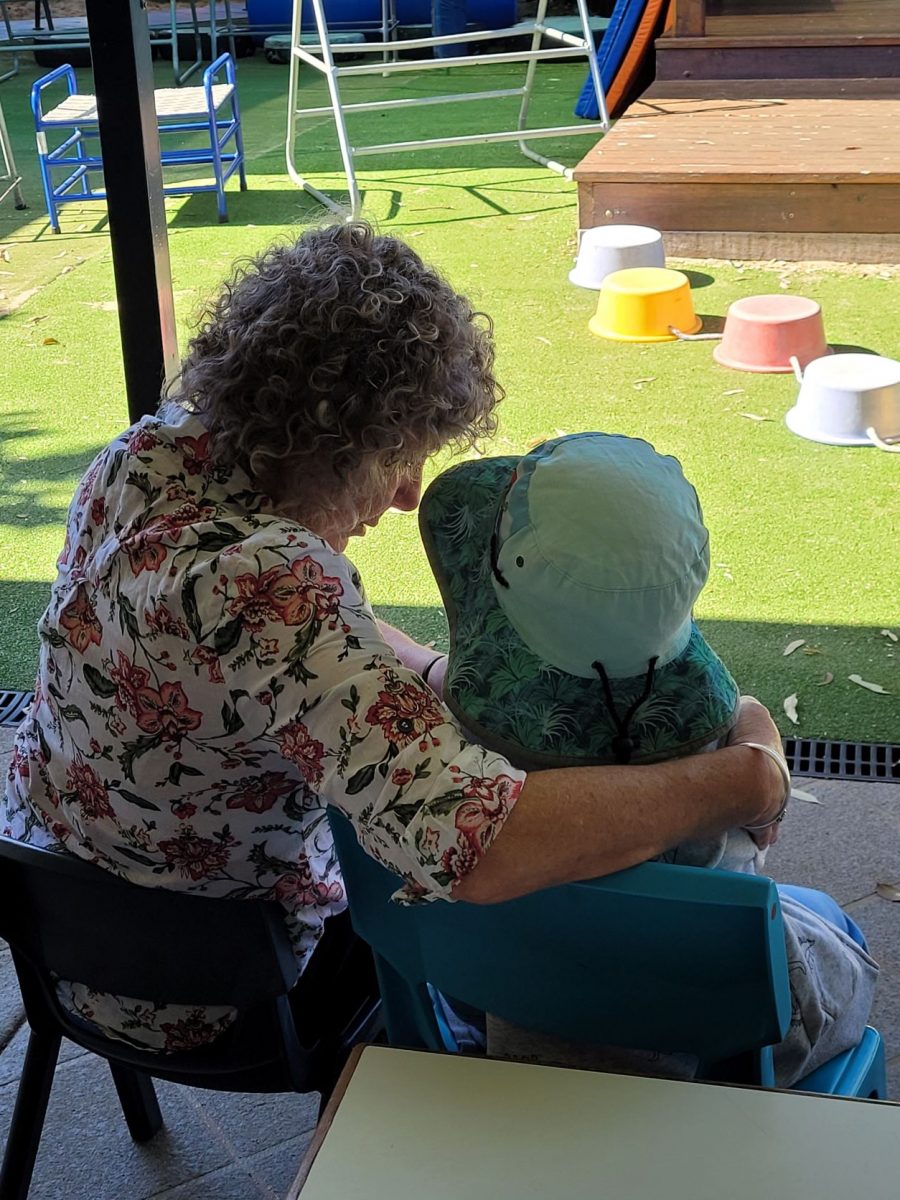
Strategies to help children build self-regulation.
June 16, 2022We recently ‘played with parents’ at an Information Evening demonstrating why there is so much learning through play. While we were chatting afterwards, a parent asked a very apt question, “How do you get the children to do what you want them to do?”
In response, I talked about some of the ‘strategies in our tool-kit’ however with further pondering, decisions about which strategies we choose are informed by a set of principles. One of these key principles is the value we place on building children’s self-regulation, a very long-term process! Before talking about some practical strategies (next blog), I think it’s important to share why we think self-regulation is so important.
Firstly, there are multiple research studies that demonstrate that self-regulation is a strong indicator of success in school. There are many definitions. According to Dr. Ponitz, (Self-Regulation: The Key to Successful Students? | Education.com) self-regulation is the ability to control and direct one’s own feelings, thoughts, and actions. It’s more holistic than self-control, as it encompasses a broader framework for understanding and supporting children’s learning and development.
So what does this really mean?
- Children modifying their behaviour in accordance with situations and demands. They do something they don’t want to do and stop doing something they want to continue.
- Children delay gratification or suppress behaviours or emotions long enough to think of consequences. Build persistence.
- It’s related to cognitive self-regulation. There are executive functioning components of self -regulation. (This is really tricky but I’m going to give it a go.)
- It’s different to compliance. How do they behave in the absence of an adult?
The starting point of regulation is developmental. Initially a baby is other-regulated (parents tell children when to eat, sleep).
As children grow, children move to co-regulation where there is support from adults who may restrict choices and give children time to practise managing big emotions. In the co-regulation phase, we limit demands placed on children by reducing their choice, use visual prompts, encourage deeper engagement with play and give preparation when a change is about to happen (soon we will stop playing and packing away).
This is followed by self-regulation. The ages of three to five are peak times for children to practise behaviour and emotional regulation (e.g. wait for a turn, help to pack away, listen and follow instructions). Children move between these different stages particularly if hey are tired, hungry or stressed. This is very normal as children build their skills over time.
We try to take cues from the children to work out where they are in terms of their ability to self-regulate. We aim to have realistic expectations and we know that children will make mistakes and many will need lots of opportunities to practise.
There is a plethora of sources for more information about self-regulation and a great source to start to build understanding and for resources is Home – Self-Reg.


